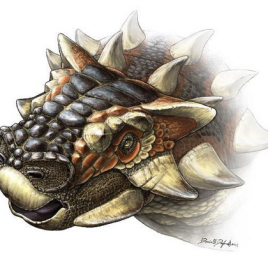A new paper on ankylosaurs from Mongolia has named one new species and ‘resurrected’ another. The new species is Zaraapelta nomadis: ‘Zaraapelta’ is a combination of the Mongolian and Greek words for ‘hedgehog’ and ‘shield’ and refers to the elaborate pattern of bumps and grooves near the eye and a ridge along the back of […]
Tag: Alberta
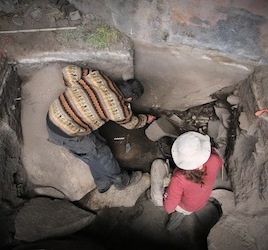
Early mountain-dwellers offer insight on adaptation
Evidence of the highest and oldest human settlements in the Peruvian andes offers insight on how quickly humans can adapt to extreme environments. Researchers found tools, animal bones and plant remains that suggest a human habitation in three locations: the Pucuncho workshop site (4355 metres above sea level), the Cunchaicha workshop (4445 metres above sea […]
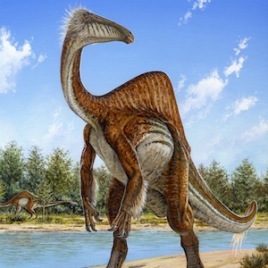
Largest ‘ostrich-like’ dinosaur may have been an omnivore
New fossils of a rare dinosaur found in Mongolia shed light on its dietary habits, and may indicate an omnivorous diet. Deinocheirus mirificus was previously known only from two large forelimbs found in the 1960s, and was thought to be the largest of the ornithomimids, a group of dinosaurs that superficially resemble modern ostriches. The […]

Is ‘antimicrobial clothing’ for real?
Plenty of clothing products purport to kill bacteria that cause disease or damage fabric, but a new study suggests that what works in the lab doesn’t always work in practice. Researchers sealed fabric treated with one of three different antimicrobial agents against the skin of volunteers to see if they would reduce the amount of […]
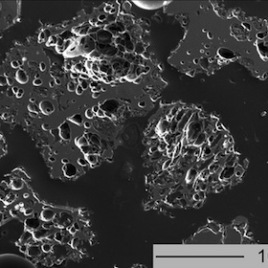
“Sam McGee’s ashes” found from Europe to Alaska
A 1,200-year-old volcanic eruption in Alaska spread ash as far away as northern Europe, a much wider range than previously thought, according to a new study. The White River Ash originates from an ancient eruption of Mount Bona-Churchill and is found across Alaska and the Yukon. The White River Ash is sometimes called “Sam McGee’s ashes” in […]
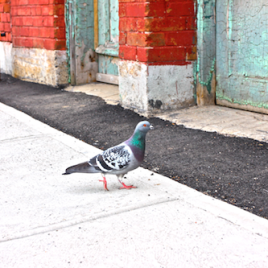
Humans and pigeons gamble in similar ways
A new study shows that when it comes to gambling and taking risks, humans and pigeons have more in common than you might think. The study had pigeons and humans choose between different coloured options to receive a reward. Through experience they learned that some colours gave guaranteed rewards, while others gave risky (probabilistic) rewards, i.e. […]
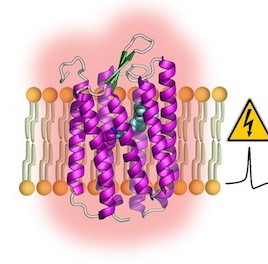
Glowing proteins could help brain imaging
Scientists have developed a new protein capable of glowing red in response to electrical signals in neurons, a tool which could become a boon to brain researchers. The technology could one day be used to produce mice or fish with ‘glowing brains’ that could greatly improve the ability of neuroscientists to understand mental processes. The proteins […]
Alberta’s Bow River: Climate change and human impacts | SMCC Backgrounder
In the days leading up to June 20, 2013, Alberta experienced extreme rainfall that led to flooding on the Bow River and its associated watershed. Total damage was estimated at $3 to 5 billion. While there is no way to prevent such floods, scientific research by climatologists, hydrologists and other experts can help us understand […]
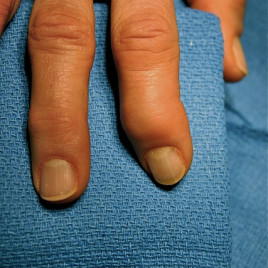
Blood test could detect osteoarthritis earlier
A new blood test could help doctors diagnose osteoarthritis in its earlier stages. Blood tests based on antibodies already exist for rheumatoid arthritis, however diagnosis of osteoarthritis relies on expensive equipment like MRI scanning machines, and even then it often can’t be detected until it is relatively advanced. In the new study, researchers used a […]
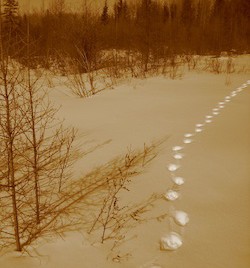
Does counting tracks to estimate animal populations actually work?
A new computer analysis shows that animal tracks can provide an accurate estimate of animal populations in a given area. Biologists often use animal tracks for relative estimates – e.g. more over here than over there – but because tracks can twist and turn, they shy away from using them to get an absolute number of […]
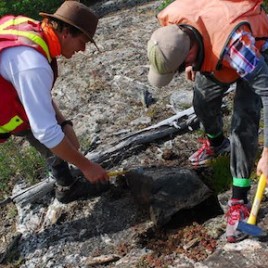
Ancient Canadian rocks shed light on first continents
A new analysis of some very old rocks from the Northwest Territories sheds light on how the very first continents formed. Rocks that make up the continental crust are less dense than those in oceanic crust, and today formed mainly in subduction zones, where oceanic crust and water get forced downward under overlapping tectonic plates. […]
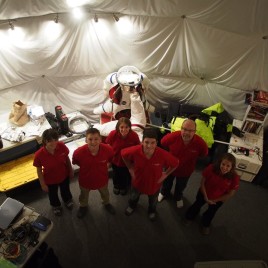
Research uncovering the mysteries of the Red Planet
University of Alberta PhD candidate Ross Lockwood is one of six team members currently camped 8,000 ft. above sea level on the side of a Hawaiian volcano. They are working to advance our understanding of Mars and its potential for life, and have chosen this location for its likeness to the Red Planet. The team is […]
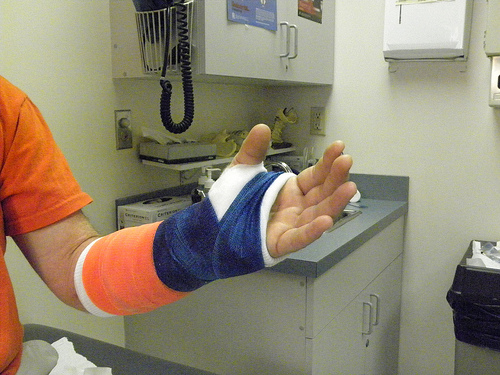
Nurses are effective at treating a common arm injury in young children
‘Pulled elbow’, or radial-head subluxation, is a common arm injury in children. It’s easy to diagnose and quick to fix but children usually wait hours in the emergency department. Researchers performed an open, cluster-randomized controlled trial of 268 cases to determine whether triage nurses in the emergency department could fix the condition, thereby freeing up […]

Evidence for oxygenic photosynthesis half a billion years before the Great Oxidation Event
The early Earth was characterized by the absence of oxygen which first rose due to photosynthesis during the Great Oxidation Event 2.3-2.5 billions years ago. Now, researchers have found markers in 2.95 billion year old rocks from South Africa that show oxygen was already at a significant levels. This finding shows that organisms were doing […]
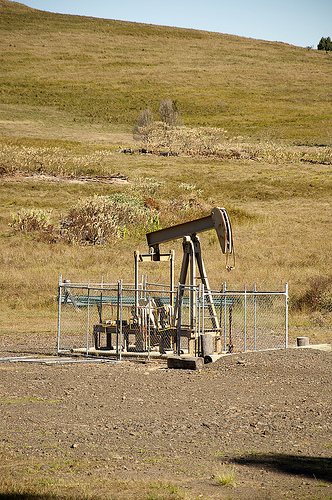
Western oil buried under eastern sand 
Researchers showed that most of the actual sand at the Athabasca oil sands in Alberta is originally from the east. By analysing trace amounts of uranium and lead in individual sand grains called zircons, researchers showed that most of the sediment was originally eroded from faraway places, such as the Appalachian mountains. This improved understanding […]
Royal Society of Canada Oil Sands Report | Webinar recording
Royal Society of Canada Oil Sands Report – December 14, 2010 The Royal Society of Canada’s Expert Panel on the Environmental and Health Impacts of Canada’s Oil Sands Industry released their final report on Wednesday, Dec 15th, 2010. The SMCC held an embargoed webinar Tuesday, December 14, 2010 at 12:00 p.m EST to prepare journalists for the release of this […]
